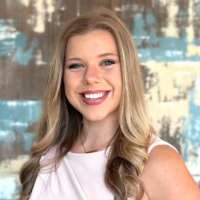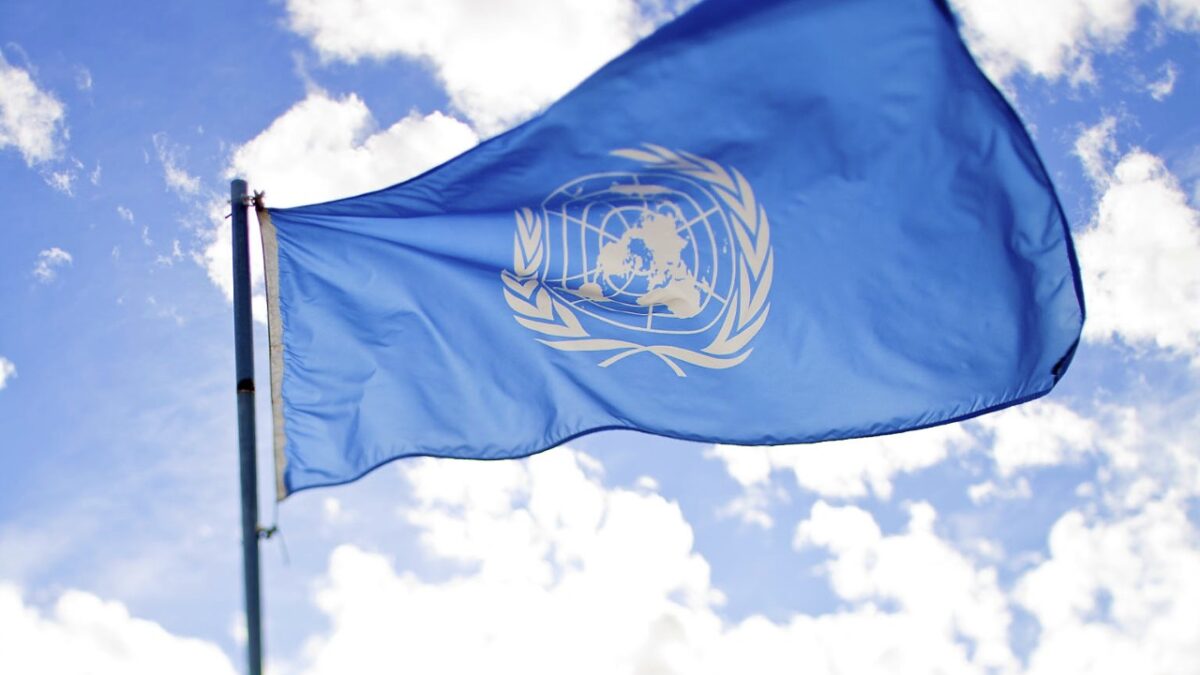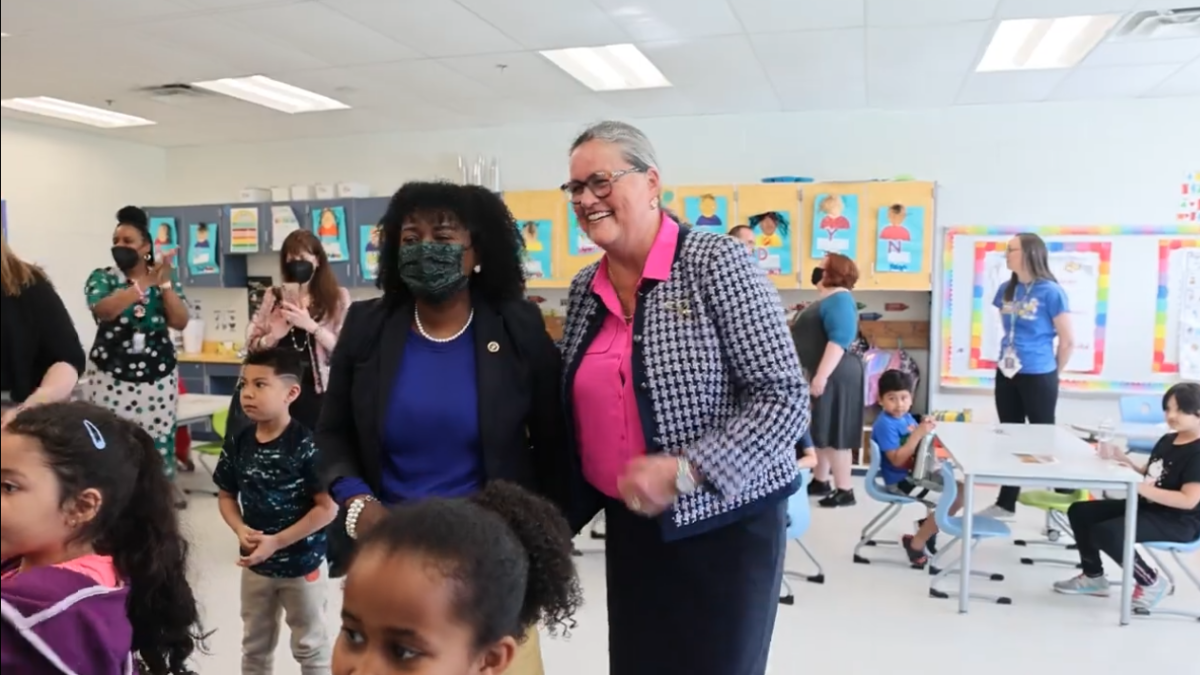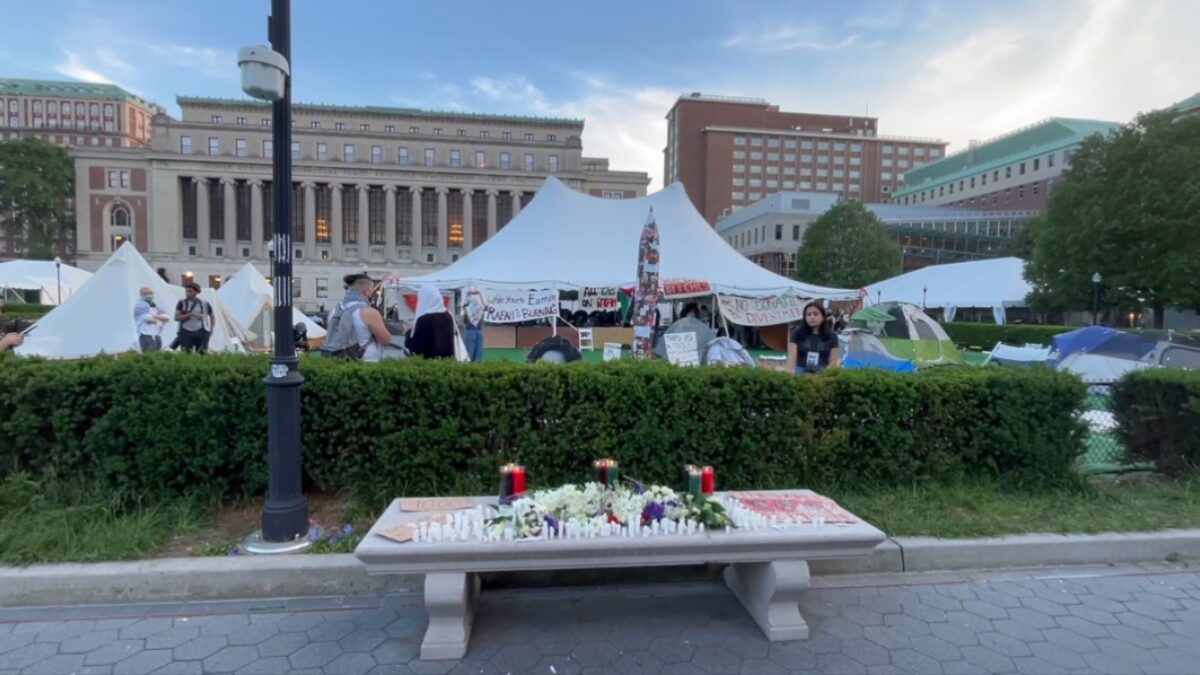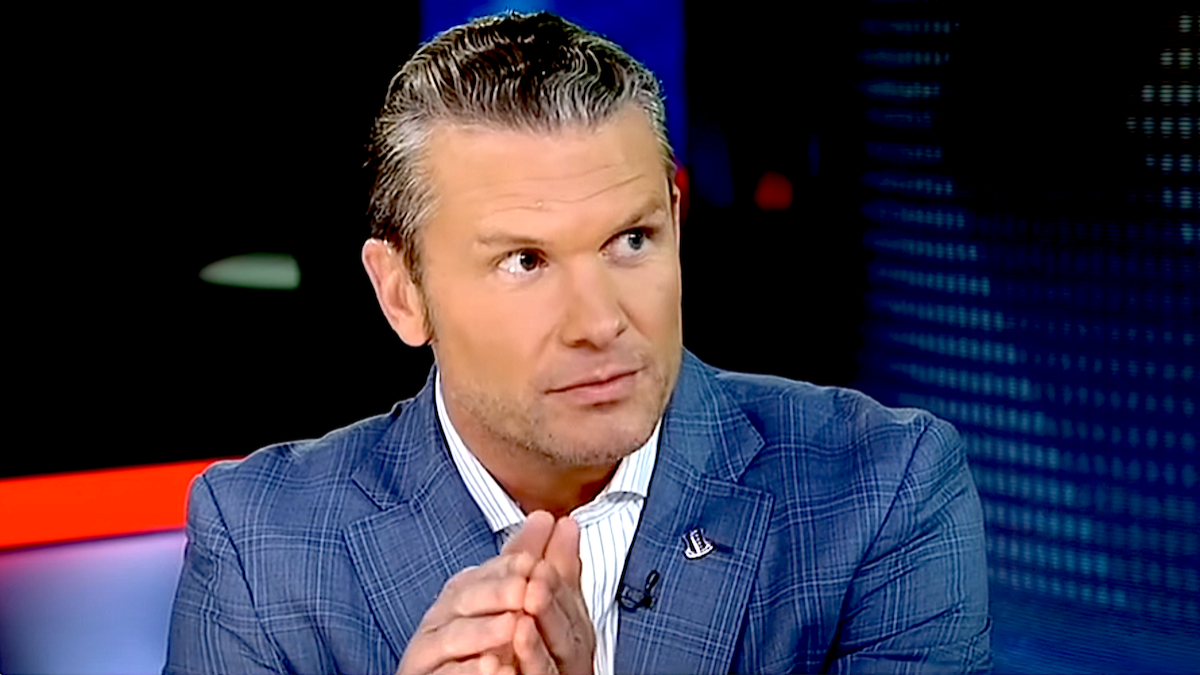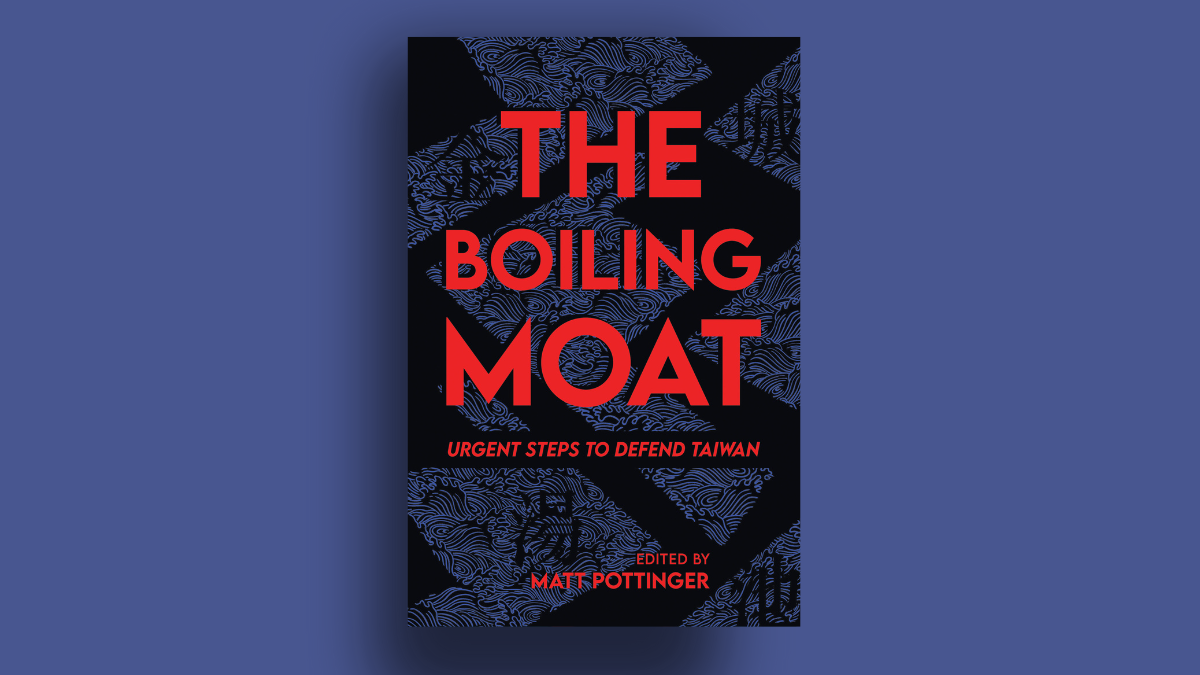
California students have officially kicked off their school year, but they’ve hardly gone “back to school.” Thanks to Gov. Gavin Newsom, 34 counties are on the so-called state monitoring list as of this writing, meaning children in those counties are barred from attending in-person classes.
In coordination with the Dhillon Law Group, a band of California parents filed a lawsuit with a U.S. District Court challenging the Democrat governor’s mandate and seeking injunctive relief. At the time of the mandate, the monitoring list encompassed approximately 80 percent of California schools, including more than 1,000 districts comprising more than 10,500 schools and 6.1 million students. Despite the Centers for Disease Control and Prevention urging schools to reopen and Democratic Gov. Andrew Cuomo announcing New York schools could reopen, Newsom didn’t budge.
“A one-size-fits-all solution is not the correct approach,” Petrilla, a father in south Orange County and one of the plaintiffs in the case, told The Federalist. “We really need to have these decisions at the district level because there are nearly 30 school districts in Orange County and they all have vastly different demographics, different population densities, different case numbers, and so for the governor to take this away from the local districts really doesn’t make sense.”
Erica Sephton, another plaintiff and a registered Democrat from Murrieta, California, whose daughter is starting transitional kindergarten this year, agrees. “How is it that one man thinks he knows what’s best for more than 40 million people?” Sephton asked. “While Gov. Cuomo has made his share of mistakes dealing with the coronavirus, at least he recognizes that with a decision this important, there has to be meaningful input from the parents and local districts at the ground level.”
Education Is Tanking Among Kids Banned from School
Unfortunately, meaningful input at the ground level wasn’t enough, prompting parents to take legal action — because although the U.S. Constitution includes no specific right to education, the California constitution does.
“My wife and I are really worried about the long-term, lifelong negative effects this might have on [our son] if schools remain closed,” Petrilla told The Federalist. His six-year-old son finished kindergarten online after the Wuhan coronavirus lockdown sent kids home in March. “It’s just going to be so difficult on him at such a young age because social skills are so important to develop at that age. And distance learning for a six-year-old is just nonsense.”
Nonsense indeed. Homework for Petrilla’s son consisted of a “small handful of fill-in-the-blank handouts” and daily Zoom check-ins “to say ‘Hello.’”
“It was essentially being raised by Netflix and Disney Plus,” Petrilla said.
As if it weren’t bad enough that kindergarteners are trading phonics for even more screen time during some of their most formative years, shutting down schools has also crippled those nearing the end of their grade-school journey. Lockdowns left upperclassmen and their parents rethinking college and career plans and some without the resources they need to take their next steps after high school graduation.
“We don’t even know where to begin. Schools closed before he could take the SAT last spring,” Matt Brach, who is also a plaintiff in the lawsuit against Newsom, told The Federalist of his son, who is entering his senior year in a Los Angeles school.
“We don’t even know what colleges we’re going to be looking at in the fall,” Brach continued. “It makes it very stressful as we’re trying to help him make decisions that will influence the rest of his life when there are no answers, and there isn’t even a timeline of when there will be answers.”
Another parent plaintiff, Christine Ruiz, said that when she logged onto the school’s education portal for her son, who just wrapped up his senior year, she noticed teachers had stopped grading altogether, giving students 100 percents just for participating. “They just wanted the assignments turned in, so even if my son, who was so unmotivated like all the other seniors, turned it in like weeks later, it was still counted as 100 percent,” Ruiz said. “All the parents are talking about how their kids are unmotivated, sleeping the entire day, logging onto school around 3 or 4 [p.m.] when they woke up.”
Human Costs of School Closures Are Astronomical
Academic decline isn’t the only cost of keeping the kids home. In fact, it might not even be the most significant tradeoff, considering the adverse and serious emotional and social toll school closures are taking on students.
While Brach’s son is struggling most with academics, lacking the motivation to engage in virtual classes, Brach said his 13-year-old daughter just needs people to talk to. With sports and other extracurriculars canceled for the fall in addition to in-person classes, the “social and emotional component [is] really hit[ting] her.”
His daughter, who is entering eighth grade, is part of a middle-school program in which members of her class take incoming sixth-graders under their wing to welcome and help them to transition. This year, that mentorship opportunity just isn’t the same.
“How do you have that connection with somebody who is on the other side of the monitor?” Brach said, emphasizing the social isolation. Since his daughter can’t interact with her friends in a meaningful way, Brach said, “As a dad, you become her friend group as well.”
“As a parent, if things aren’t right with your kids, things just aren’t right,” he added.
Ruiz said she witnessed depression set in among her sons’ classmates, especially the seniors, who were denied hallmark moments including prom and treasured final days with friends before graduating and going to college, many out of state. Ruiz said her 13-year-old son, who has high-functioning autism, became so isolated that he eventually came out of his room only when he needed to eat.
Students are not immune from the psychiatric toll coronavirus responses have taken on Americans. Depression and anxiety have skyrocketed since the lockdown, thanks in part to government-shuttered businesses and churches as well as people being kept inside homes or behind masks. As more parents are opening up about emotional changes they’ve observed in their children, it’s become clear that isolation and loss are afflicting not only desperate business owners, but also our country’s youth. The longer California keeps its schools closed, the further it plunges its students into loneliness.
Another non-academic tradeoff has been the rise in child abuse cases. Petrilla noted that when kids are in school, teachers often notice bruises or other signs of abuse at home, which they can then report. Experts predict that since educators and school officials make a fifth of child abuse reports, keeping young victims home with their abusers and away from the watchful eyes of their teachers could be devastating.
“Nutrition, too, is an issue, where students that rely on school meals are not getting the nutrition they need, especially if they’re being left home alone because their parents have to work,” Petrilla said. “The negative effects of keeping the schools closed far outweigh the mitigated risks that could be taken to safely open them.”
WATCH: Dr. Scott Atlas on The Federalist Radio Hour — Scientific Evidence Demands That Schools Reopen
Special Needs Students Take a Back Seat
Ruiz is acutely aware of another consequence of school lockdown. Her third son, who is 15 years old, also has autism, but his is severe. Students with special needs simply aren’t getting the care and attention they desperately need.
This middle son has an Individual Education Program, or IEP, as required by law under the federal Individuals with Disabilities Education Act, but when schools went on lockdown in March, he didn’t get the help he requires.
“These are legal documents,” Ruiz said of her son’s IEP, “and they were just swept aside like nothing, no consideration whatsoever, no forethought, no mention of them. … Our children were not given any type of priority or concern whatsoever.”
Since being isolated at home without a consistent academic routine nor the educational attention he needs, Ruiz’s son has increased strange behaviors, such as marching around the house, yelling, and not sleeping.
“We had to bring in a behavioral company to work with our son five days a week, so Monday through Friday from 9:00 to 12:00, they were working on these behaviors and also trying to do a little bit of the academic work on the classroom site,” Ruiz explained. “With that entails a huge monetary financial burden because that is something we have to pay out of pocket, and so that hurts us.” Additionally, Ruiz had to hire a tutor for her younger son’s math class, another expense so her kids don’t fall too far behind.
What Does the Future Look Like?
Although these parents are taking legal action, they emphasized this isn’t merely a legal violation, nor an educational crisis. It is a human rights crisis. Kids and families stand to lose far more than a perfect GPA. As Ruiz said:
This is such a violation of their rights. This is a human crisis. This is terrible. … If it was a Republican governor, I’d still be on this lawsuit [because] this is a human rights issue. You’re denying these children their fair and appropriate right to have an education, and you’re denying them critical medical services of speech therapy, occupational therapy, behavioral therapy — all these things we count on for their future. So now, what does that future look like?
Health experts are saying to send the kids back to the classroom. The commander in chief is urging schools to reopen. Parents are pleading for districts to welcome children back. In keeping schools shuttered, Newsom is not only denying available scientific data, but also snubbing so many of his constituents who are watching their children crumble before their eyes.
As Brach said, “The harm of not returning to school is greater than the risk of returning to school.”
